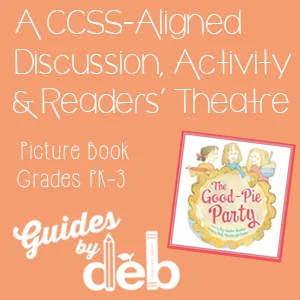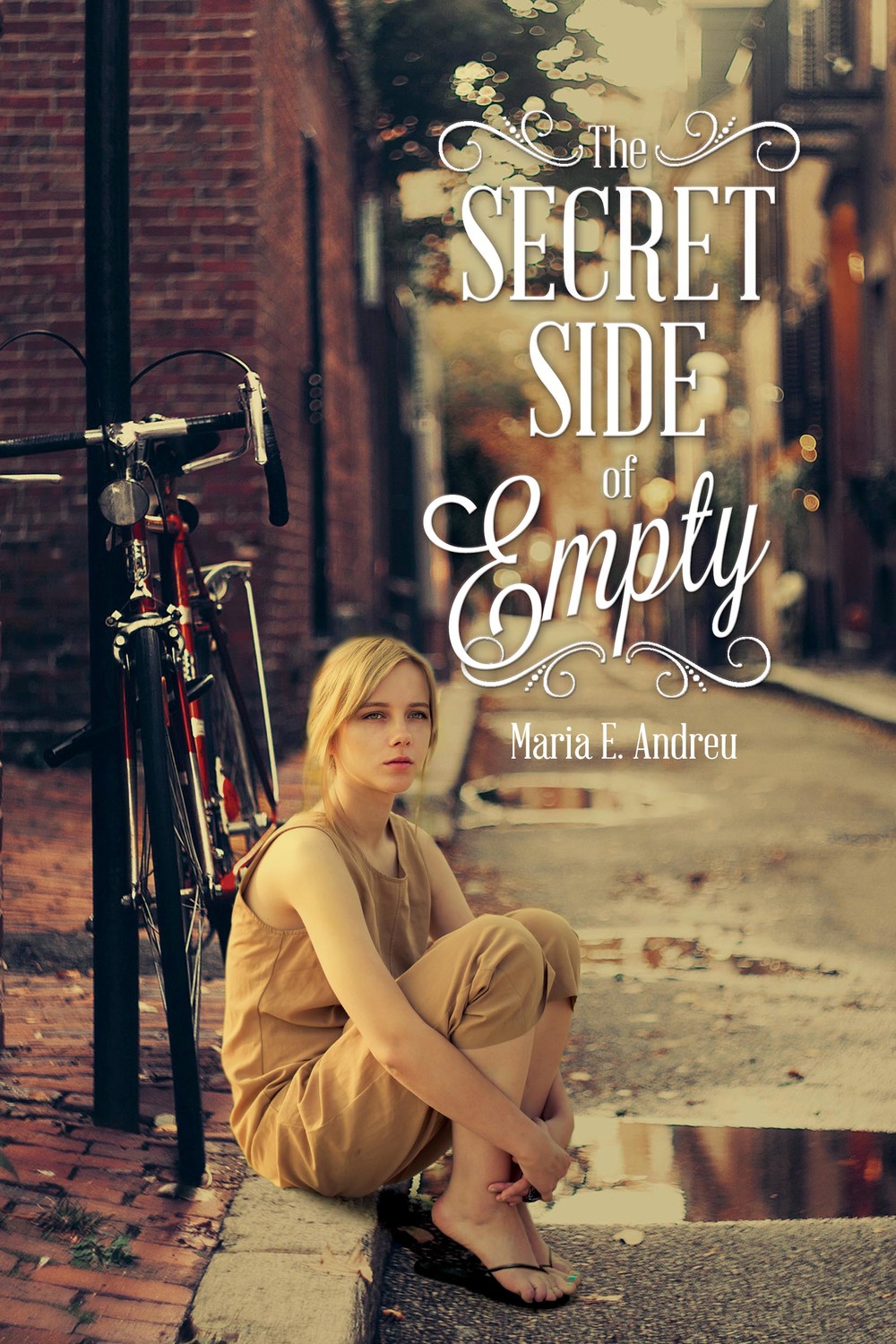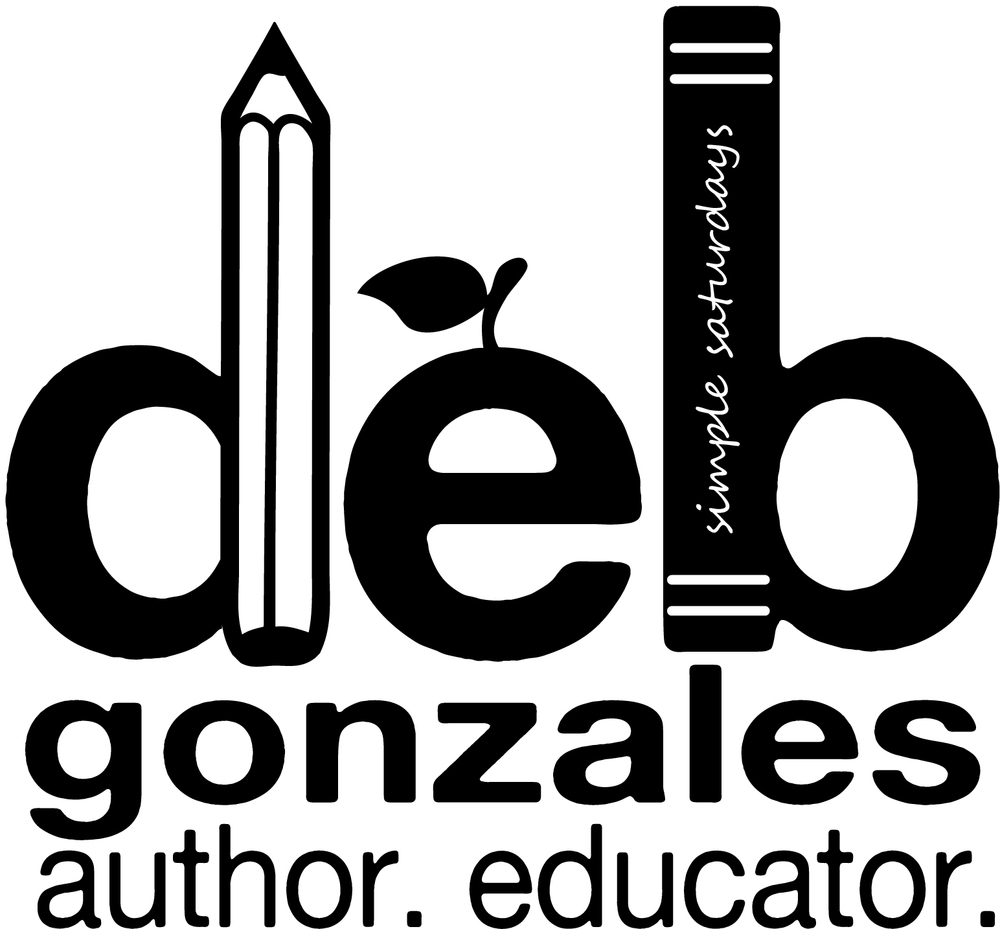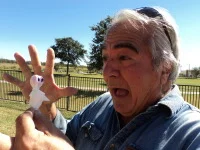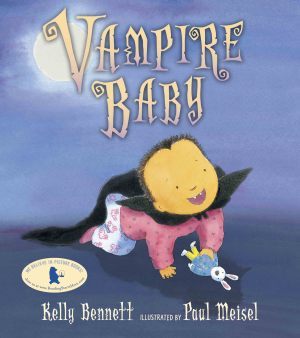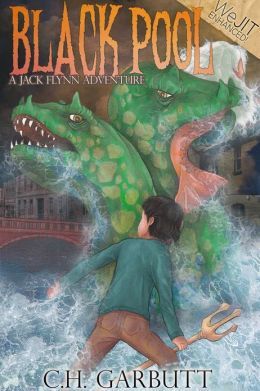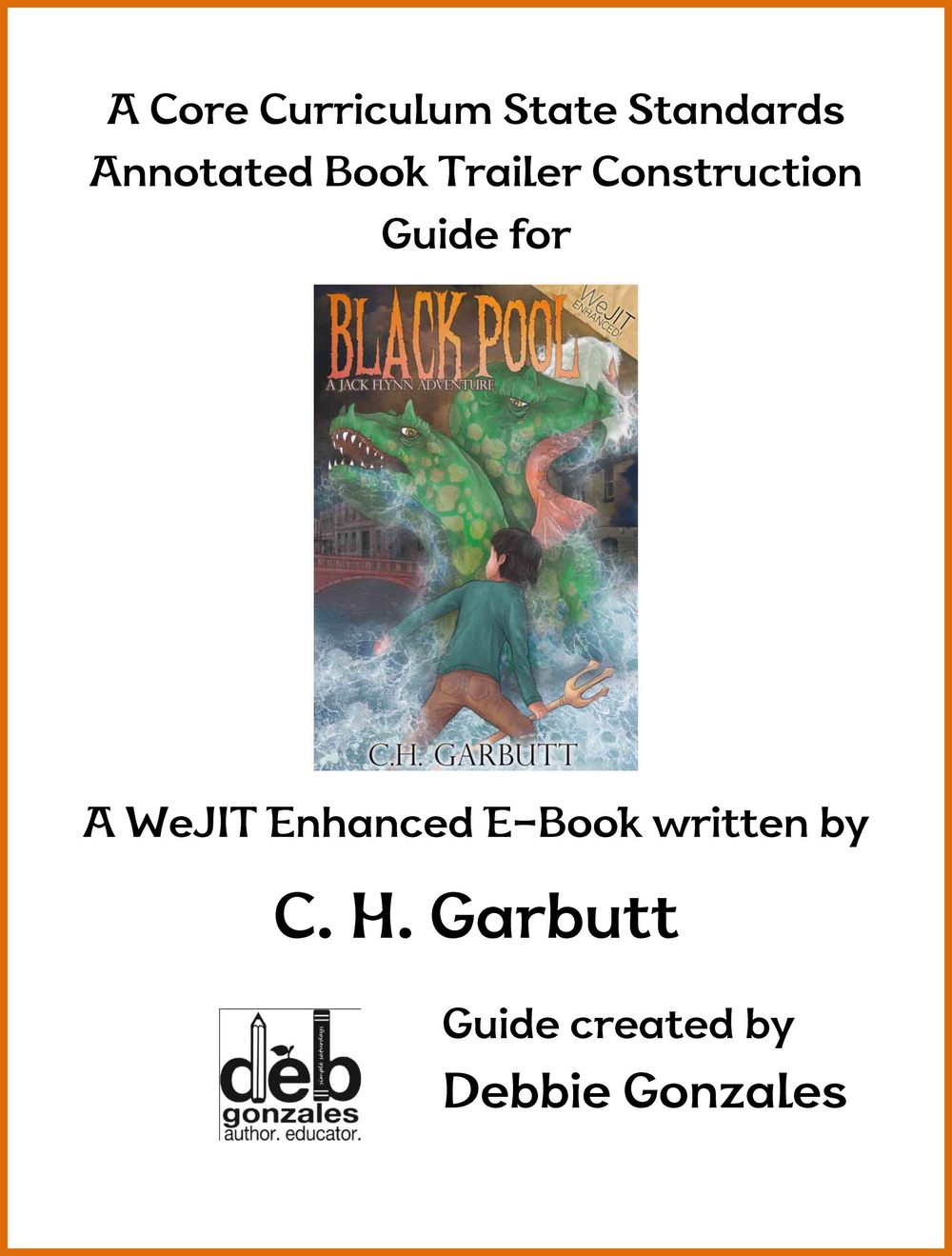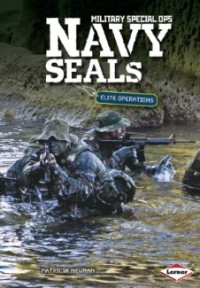 I’m participating in a blog roll in celebration of Map Art Lab: 52 Exciting Art Explorations in Mapmaking, Imagination, and Travel, a fantastic new book co-authored by siblings Jill K. Berry and Linden McNeilly. You might think I’m doing so because I’m super proud of Linden, as she is a VCFA grad sister. Or, you might think that I am doing so because Jill’s previous books are stupendous and that I plan on buying each and every one. While both facts are true, I am participating in this blog tour because the book is AMAZING and I know that kids and teachers will connect with the 52 labs included within.
I’m participating in a blog roll in celebration of Map Art Lab: 52 Exciting Art Explorations in Mapmaking, Imagination, and Travel, a fantastic new book co-authored by siblings Jill K. Berry and Linden McNeilly. You might think I’m doing so because I’m super proud of Linden, as she is a VCFA grad sister. Or, you might think that I am doing so because Jill’s previous books are stupendous and that I plan on buying each and every one. While both facts are true, I am participating in this blog tour because the book is AMAZING and I know that kids and teachers will connect with the 52 labs included within.
The contents are broken down into seven units, each packed with a uniquely creative take on aspects of mapmaking – flat maps, cartography projects, personal maps, and those inspired by famous artists to name a few. And, the materials list reads like that in a Simple Saturday project – plastic food wrap, broken ceramic or tiles, jewelry findings, needle-nose pliers, etc. Oh, gosh! Be still my racing heart.
 One of the most intriguing labs is entitled 'Topo Your Nose' (Lab 08, 28-9). Now, I’ve made topological maps of a cookie before, but never my nose. Doesn’t that sound like fun? The instructions state to press an oval-shaped bit of polymer clay over your nose, making sure to press into the contours of the bridge and around the nostrils. Isn’t that the greatest idea? And, directions for creating an Elevation Legend for said nose are available in the Take It Further sidebar. Love it! Love it! Love it!
One of the most intriguing labs is entitled 'Topo Your Nose' (Lab 08, 28-9). Now, I’ve made topological maps of a cookie before, but never my nose. Doesn’t that sound like fun? The instructions state to press an oval-shaped bit of polymer clay over your nose, making sure to press into the contours of the bridge and around the nostrils. Isn’t that the greatest idea? And, directions for creating an Elevation Legend for said nose are available in the Take It Further sidebar. Love it! Love it! Love it!
 Friends, it is your lucky day! You have a chance to win a free copy of Map Art Lab: 52 Exciting Art Explorations in Mapmaking, Imagination, and Travel. To be a contestant, all you have to do is comment below. Please be sure to add your email address to your post. One winner will be selected. I sure hope that it is you!!!!
Friends, it is your lucky day! You have a chance to win a free copy of Map Art Lab: 52 Exciting Art Explorations in Mapmaking, Imagination, and Travel. To be a contestant, all you have to do is comment below. Please be sure to add your email address to your post. One winner will be selected. I sure hope that it is you!!!!
And, hey, why not check out the other blogs participating on the roll? It’ll be interesting to read their impressions of this marvelous resource, right?
May 7 - Linden McNeilly http://www.facebook.com/lindenmcn
May 8 - Kim Rae Nugent http://kimraenugent.blogspot.com/
May 9 - Cynthia Morris http://www.originalimpulse.com/blog/
May 10 - Amy Smith http://www.amysmithdesigns.com/blog
May 12 - Sean Corcoran https://www.facebook.com/TheArtHand
May 13 - Janet Fox http://kidswriterjfox.blogspot.com/
May 14 - Tony Kehlhofer http://www.maps4kids.com/blog
May 15 - Laurie Mika http://mikaarts.com/wordpress/
May 16 - Jill Berry http://jillberrydesign.com/blog/
Hope to hear from you! Happy Simple Saturday!


